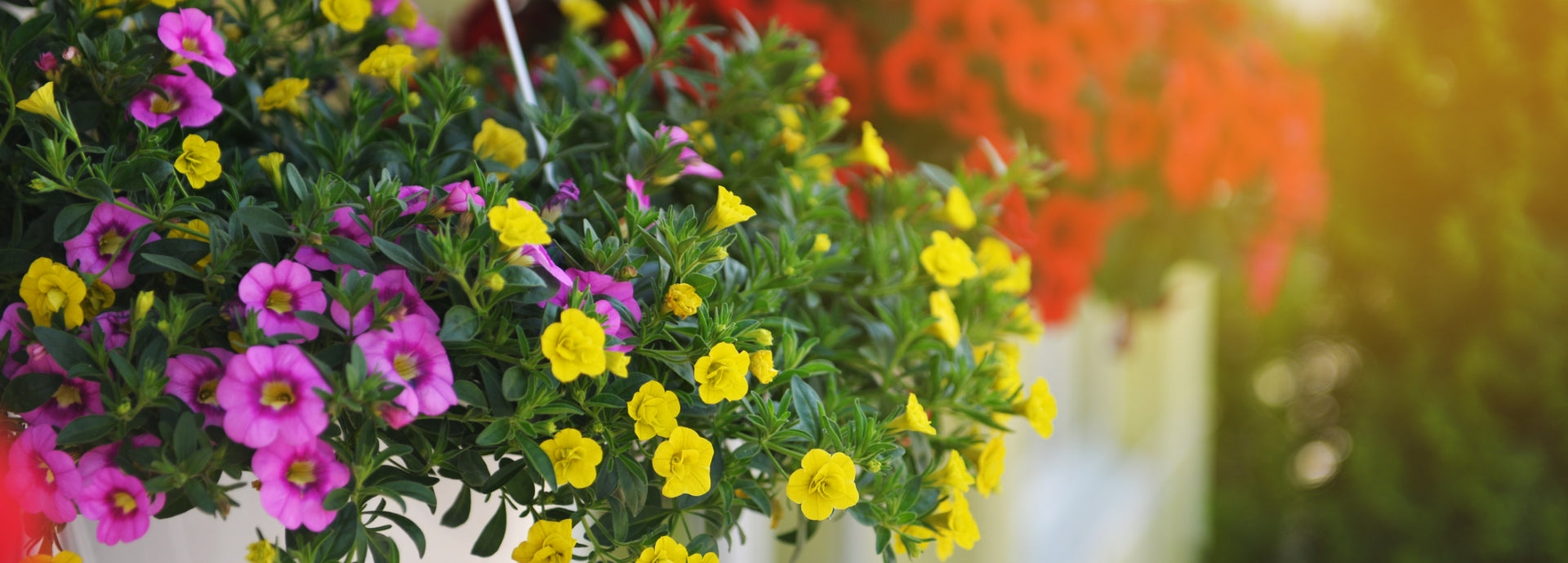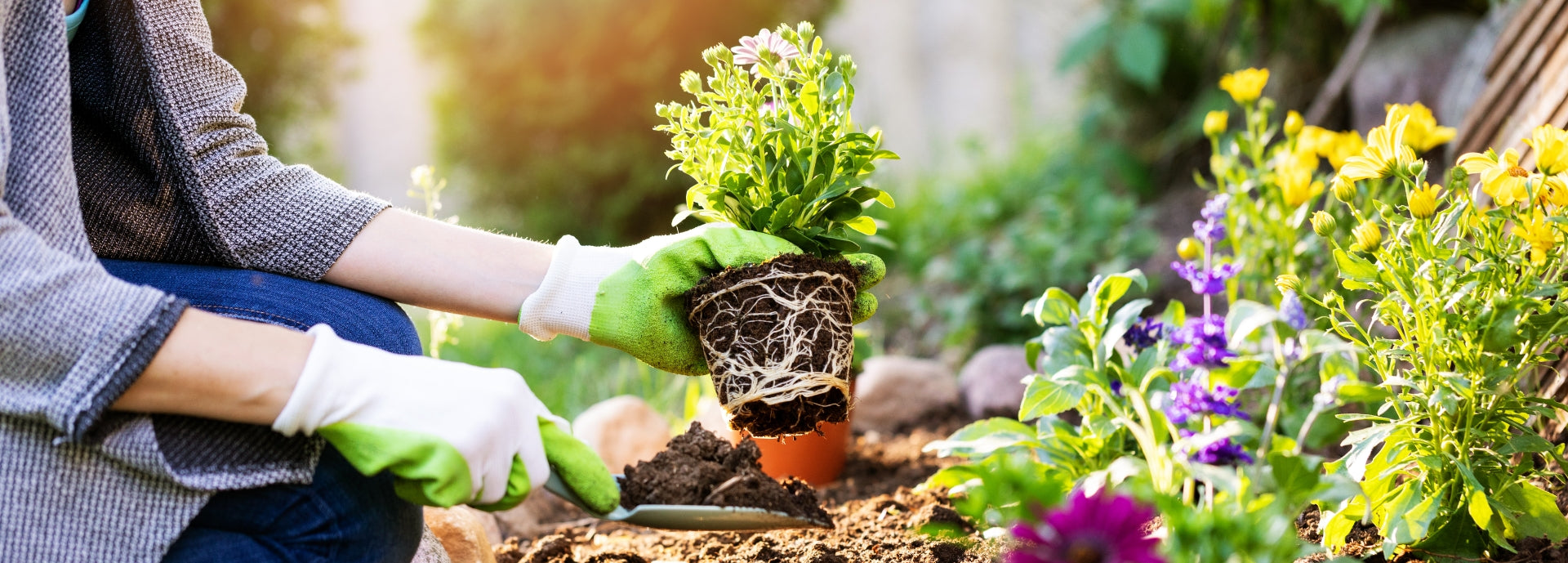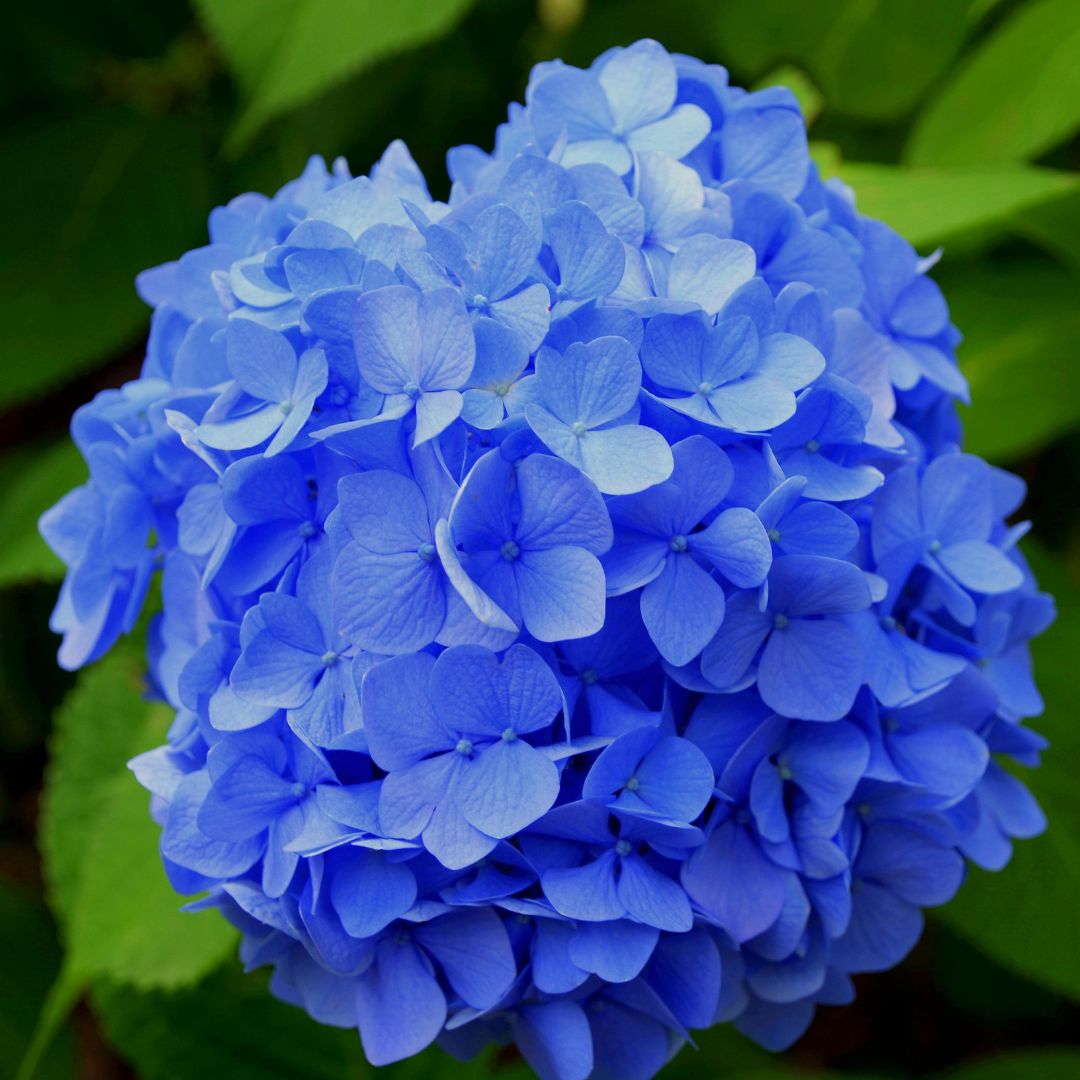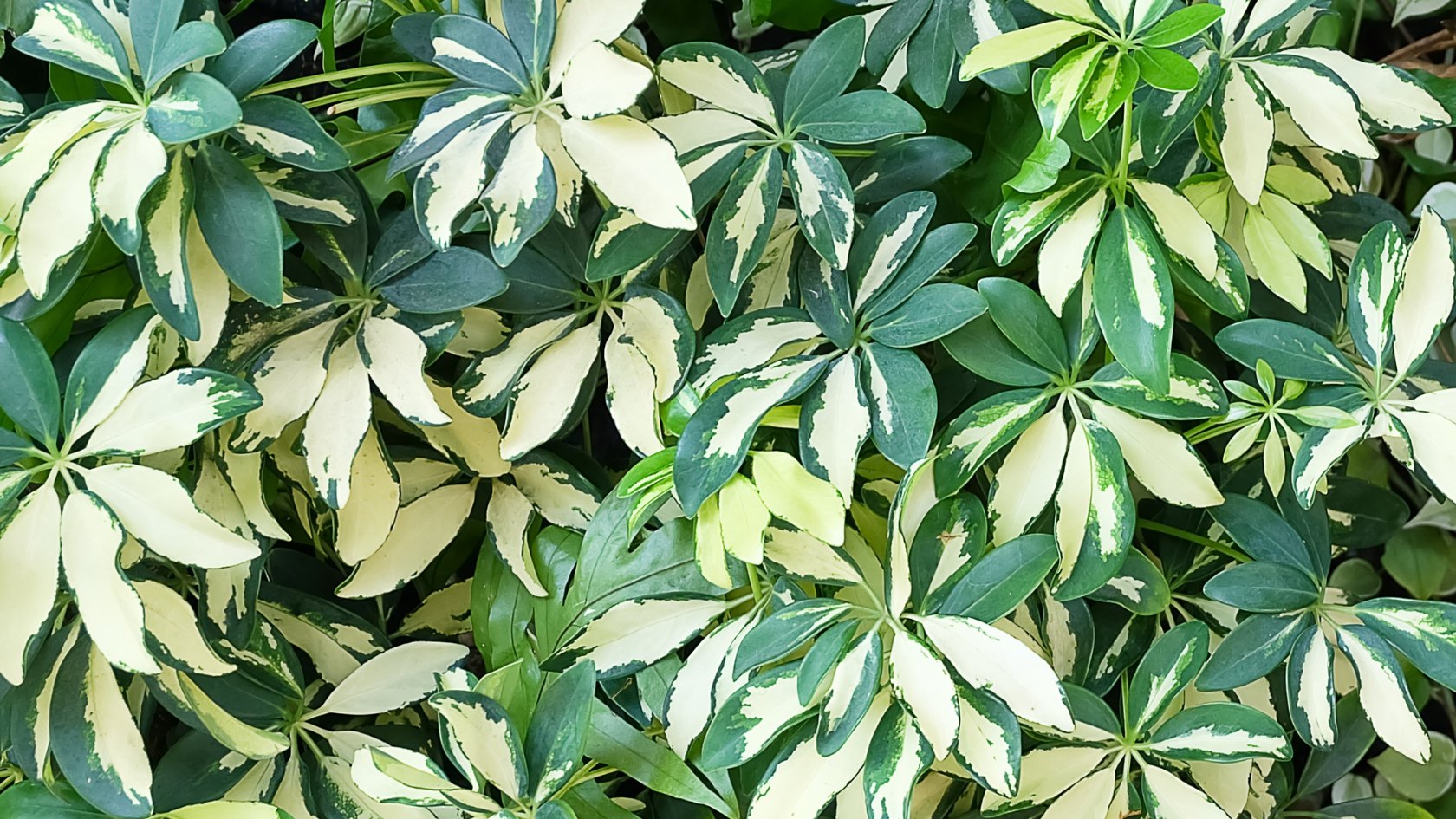Companion planting is a gardening technique that involves planting different types of plants together in a way that benefits both. Companion planting can help to improve soil health, deter pests, and increase yields. In this blog post, we'll discuss the best ways to incorporate companion planting in a garden of annuals.
Planting Flowers with Herbs
- One of the most effective ways to use companion planting in a garden of annuals is by planting flowers with herbs. Many herbs, such as basil and marigold, can help to repel pests and improve the health of the soil. Additionally, planting flowers with herbs can also add visual interest to the garden and attract beneficial insects.
Interplanting Vegetables
- Another way to use companion planting in a garden of annuals is by interplanting vegetables. Interplanting refers to planting different types of vegetables in the same area, rather than dedicating a separate area for each type of vegetable. This can help to increase yields, as different types of vegetables have different nutrient needs and can help to improve the soil health.
Using Nitrogen-Fixing Plants
- Nitrogen-fixing plants are those that can add nitrogen to the soil, which can help to improve soil health and increase yields. Some examples of nitrogen-fixing plants include beans, peas, and clover. These plants can be planted alongside other annuals to help improve soil health and increase yields.
Planting Trap Crops
- Another way to use companion planting in a garden of annuals is by planting trap crops. Trap crops are plants that are used to attract pests away from the main crops. For example, planting radishes alongside your tomatoes can help to attract pests away from the tomatoes and onto the radishes.
Choosing right plants for the right location
- Companion planting is also about choosing the right plants for the right location. Some plants need more sun or shade than others, and some plants have different water needs. It's important to research the specific needs of each plant and choose plants that will thrive in the same location.
Examples of some of the Most Popular Companion Plantings
- Marigolds and Tomatoes: Marigolds are known to repel pests that commonly attack tomato plants, such as aphids and nematodes. Planting marigolds near tomatoes can help protect the tomatoes from these pests.
- Basil and Tomatoes: Basil is known to repel pests that commonly attack tomato plants, such as aphids, thrips, and whiteflies. Planting basil near tomatoes can help protect the tomatoes from these pests.
- Radishes and Cabbage: Radishes can help protect cabbage from pests such as aphids, flea beetles, and cabbage loopers. Planting radishes near cabbage can help protect the cabbage from these pests.
- Nasturtiums and Cucumbers: Nasturtiums are known to repel pests that commonly attack cucumber plants, such as aphids, spider mites, and whiteflies. Planting nasturtiums near cucumbers can help protect the cucumbers from these pests.
- Carrots and Leeks: Carrots and leeks have been found to have a positive effect on each other's growth when planted together. Leeks can help repel pests that commonly attack carrot plants, such as carrot fly, and carrots can help improve the growth and health of leeks.
- Garlic and Roses: Garlic is known to repel pests that commonly attack roses, such as aphids, Japanese beetles, and spider mites. Planting garlic near roses can help protect the roses from these pests.
- Borage and Tomatoes: Borage is known to repel pests that commonly attack tomato plants, such as tomato hornworm and aphids. Planting borage near tomatoes can help protect the tomatoes from these pests.
In conclusion, companion planting is a gardening technique that can help to improve soil health, deter pests, and increase yields. By planting flowers with herbs, interplanting vegetables, using nitrogen-fixing plants, planting trap crops, and choosing the right plants for the right location, you can create a thriving garden of annuals that will provide you with an abundance of fresh, healthy produce.
Happy gardening!








